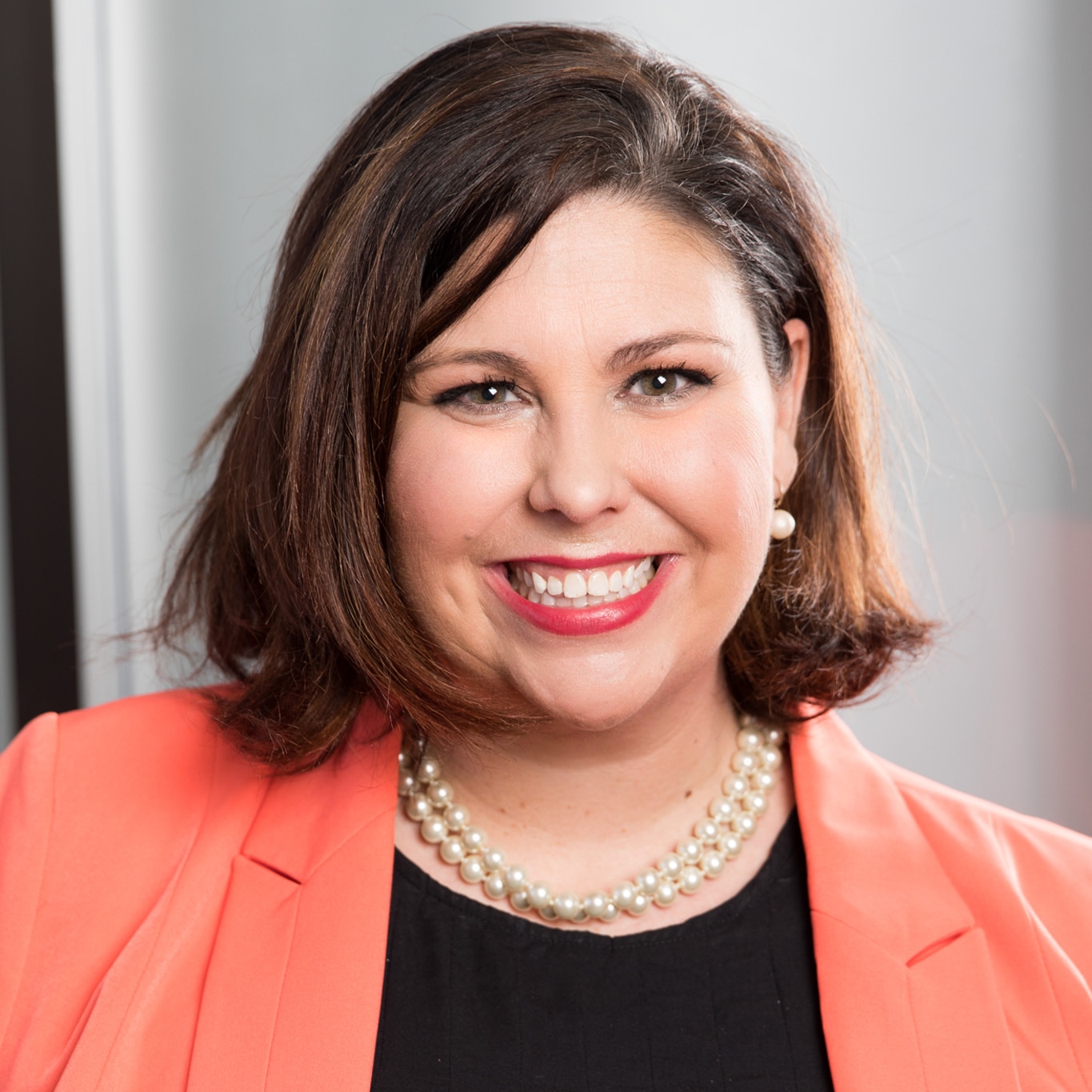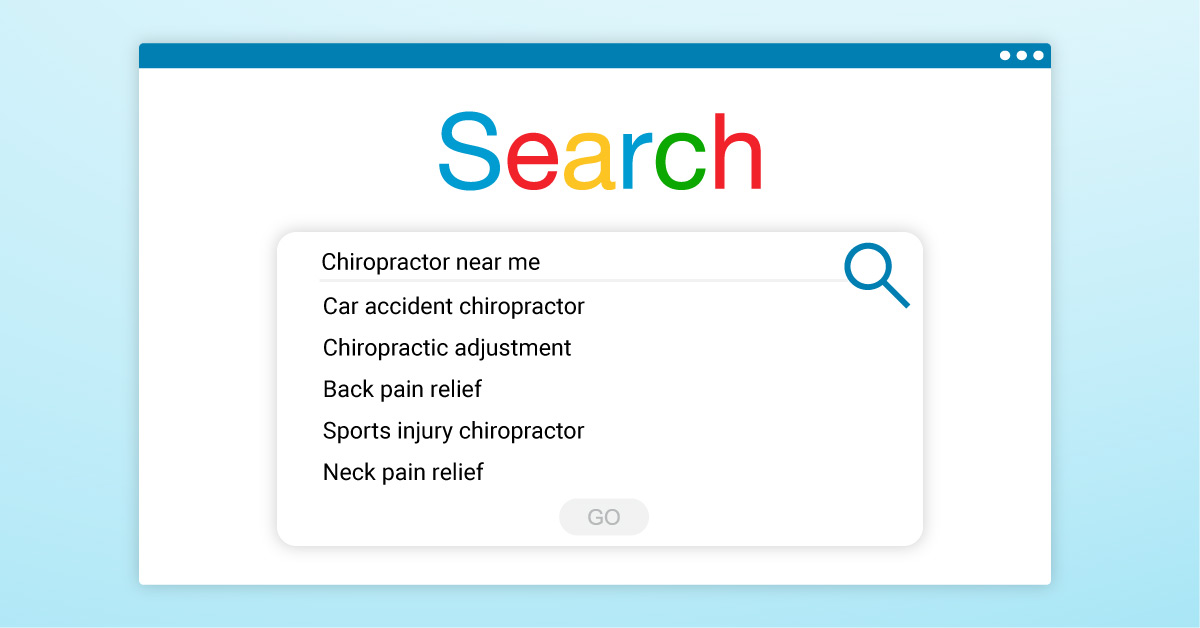COVID-19 Insights: Q&A with ChiroHealthUSA
Kristi Hudson, Director of Business Relations for ChiroHealthUSA and host of one of the largest chiropractic webinar series in the country, says the COVID-19 pandemic has presented chiropractors with unforeseen challenges as well as opportunities to get innovative in their approach to patient care.
Here, Hudson discusses the resources available to chiropractors, what practices can do to let their patients know what precautions are being taken to keep them safe, and what the future of patient care will look like once a majority of stay at home orders have lifted.
Q: As someone who interacts with chiropractors often, has the nature of your communication changed a lot during the COVID-19 pandemic?
Kristi Hudson: Absolutely. Before the pandemic, a lot of our conversations revolved around the business aspects of their practices. That has completely shifted to us equipping providers, whether they are in-network with us or not, with compliance and clinical resources they need to be able to operate right now during the pandemic.
Q: For the most part, chiropractors have been deemed essential workers during state-mandated social distancing. Have the chiropractors that you’ve spoken to mostly remained open?
KH: A lot of them are open. Some of them have been forced to close just due to specifics within the rules and regulations within their states. Others are only open for emergency services. Some of our chiropractic offices are busier than they’ve ever been before, while others are working shorter hours to minimize their contact.
Q: What are some of the emergency services that chiropractors are still providing?
KH: It really differs depending on the type of practice, but anyone who’s under acute care. If you’re treating a patient for low back pain, or maybe somebody slipped and fell. Those patients are still continuing to be treated.
For patients like myself who just like to go to the chiropractor every couple of weeks to maintain great health and alignment, we’re not able to be seen because that’s not an emergent issue.
Q: Have you given any recommendations on policies chiropractors can put in place to ensure their offices are safe during this time?
KH: Yes. Several of the webinars that we’ve presented have gone over the CDC guidelines in not only making sure that the doctor and the staff are safe, but that the patients are safe as well. We’re showing them how to modify their waiting rooms so that patients are at a safe distance. We even do what we like to call a “no-touch” practice, which seems counterintuitive to chiropractic care since it’s a very hands-on profession.
If you have your patients check in from the car, you open the door for them and lead them to the treatment room without them touching anything from their car until they lay down on the table. They’re treated by their doctor, they get up and sometimes go to therapy, and then they leave the practice. You can give them the option to either pay through their phones, or having auto-debit set up for that visit so that they’re not touching pens, iPads, or paperwork — that all of that is being handled by the staff.
And then giving yourself time to clean and sanitize the rooms afterward, following the CDC guidelines, and giving enough time for the supplies we use for disinfecting to work before bringing the next patient in. So it does slow down the process of how we see chiropractic patients in the practice, but it is very doable.
Q: In-person, minimizing touch is one thing. But have you seen chiropractors using telemedicine in ways that can be helpful to their patients right now?
KH: We definitely have seen a trend of more chiropractors utilizing telemedicine, but it has actually erupted with COVID-19 to meet the demand — having initial consults with someone before they actually have to come into the office. So more and more chiropractors are utilizing it now and continuing to use it in the future.
Q: Have you seen chiropractors facing specific challenges related to the COVID-19 pandemic? If so, what have you seen?
KH: Chiropractors are small businesses. Oftentimes it’s just them and one other staff member, or maybe two. So it’s a very small business and any kind of disruption where you have stay in place orders and patient numbers have gone down, it’s definitely disrupted their revenue stream. It’s been really really difficult for them.
This is not something that anyone in this profession, or anyone in health care at all, could have foreseen. So I think that the financial aspect of it has been a struggle.
Even those who have continued to stay open, they’re having to see less patients because of the guidelines. Moving patients slower through the practice, spacing them out more so you never have more than 10 people in the building at one time. If you figure that 2 or 3 of those people are doctors and staff, that limits you to 7 or less patients coming in and still being careful about how everybody interacts. That has been a financial burden as well.
Q: What suggestions do you have about keeping patients engaged or staying prepared to receive patients once stay at home orders begin to lift?
KH: I think that patient communication has always been important in practice. The importance of that has most definitely been highlighted. So we have hosted a few webinars on maintaining communication with your patients. Just because they’re not coming in doesn’t mean that stops.
Maybe try a Facebook Live video. Let your patients know the steps you’re taking in practice to make sure that they’re safe. Let them see how clean your office is. Seeing is believing. And people love to engage. In fact, more people are using social media in the last couple of weeks and that’s saying a lot.
Try drip email campaigns or text campaigns to let them know you’ve modified your hours, or “This is what we’re doing if you need assistance. Here’s how you reach us.” Even if you’re closed, let them know: “We’ve had to close. This is the reason why. Here are some things you can be doing if you experience lower back pain. Here are different things you can be doing to stay healthy during this very stressful time in your life.”
We educate people on their health and wellness. Why do you have to stop that because your office is closed? That communication should never stop.
Q: What parts of the way chiropractors are practicing right now do you think will be here to stay long after the pandemic?
KH: I think that the extra steps we’re taking to clean and sanitize our offices most definitely will stay. I think we’ll see more practices taking a no-touch approach to having their patients come in and out of their practices. We’ll start to see chiropractors using more technology than ever before, maybe having clinic apps so patients can check in, check out, pay their bill online, do teleconsults with their doctors.
It’ll make things more convenient and efficient for the patients who are coming to our offices.
Are you interested in learning more?
To get more information on how to prepare your chiropractic practice for post-COVID-19, download this guide, Navigating Chiropractic Practice Management After COVID-19, to learn how the best ways to ready your business.
About Kristi Hudson:
 Kristi Hudson is a Certified Professional Compliance Officer and host of one of the largest chiropractic webinar series in the country. She is the Director of Business Relations at ChiroHealthUSA, Administrator of the Foxworth Family Chiropractic Scholarship, a speaker, mom, and writer.
Kristi Hudson is a Certified Professional Compliance Officer and host of one of the largest chiropractic webinar series in the country. She is the Director of Business Relations at ChiroHealthUSA, Administrator of the Foxworth Family Chiropractic Scholarship, a speaker, mom, and writer.



